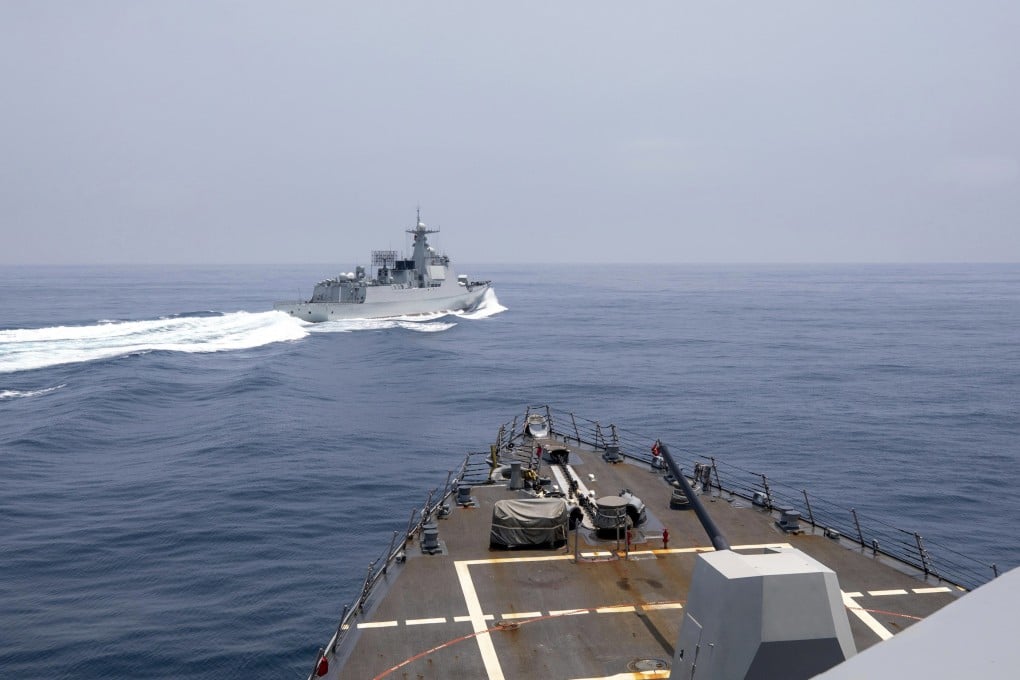Opinion | US only has itself to blame for dangerous incidents in Taiwan Strait, South China Sea
- Military incidents do not stem from misunderstandings and miscommunications, but are rooted in deeper differences regarding the international order and strategic interests
- The US may be abusing its rights under international law, creating rights where none exist and flagrantly challenging China’s core interests

Put another way, this incident and others like it have resulted from a conflict between the use of a “right” to gain an advantage over a potential enemy versus a country’s right to defend itself.
The incident highlighted each side’s position and willingness to back it up with force. The Chinese destroyer changed course and signalled to the US warship that it should move or there would be a collision. A US statement described the Chinese warship’s manoeuvre as illegal, unprofessional and unsafe.
National Security Council spokesman John Kirby said the close encounter is “part and parcel of an increasing level of aggressiveness” by China’s military. In response, Defence Minister Li Shangfu said that “we must prevent attempts that try to use those freedom of navigation, that innocent passage, to exercise hegemony of navigation”.

